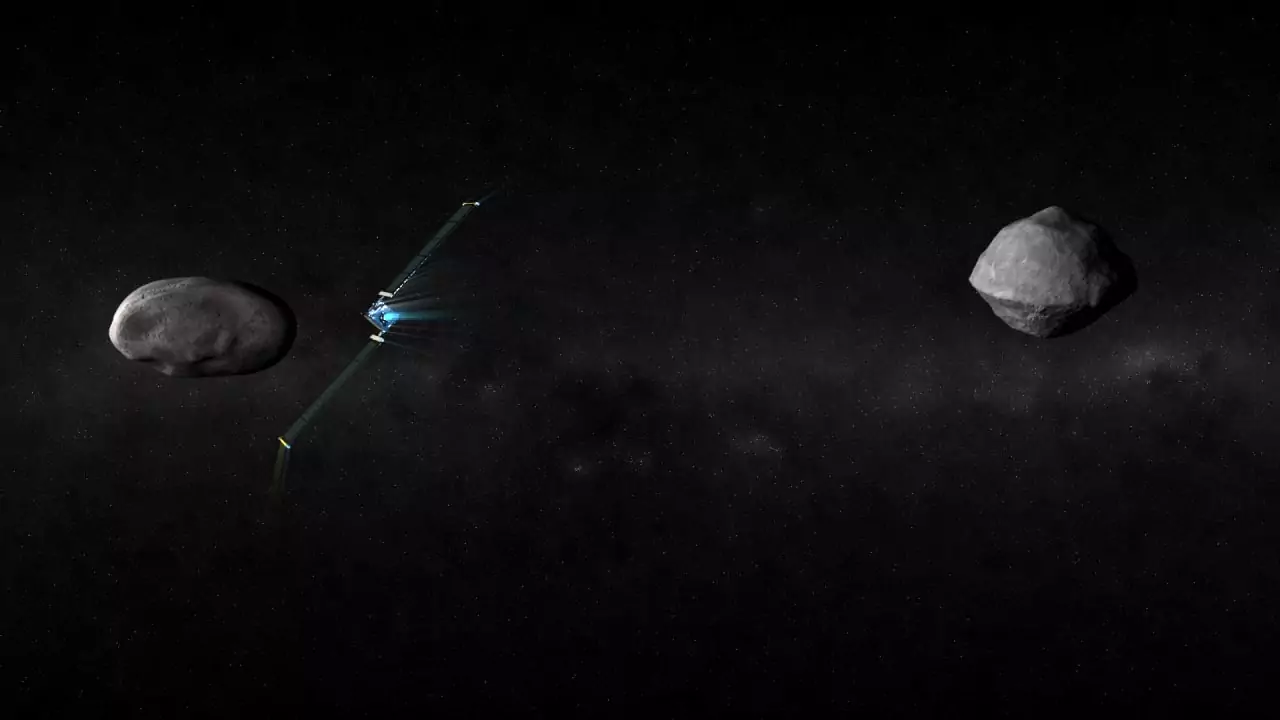Coordinated by the International Asteroid Warning Network and the NASA Planetary Defense Coordination Office, the exercises confirmed that the detection of an asteroid and the establishment of its characteristics by the international community takes place promptly. This makes it possible to identify and assess the danger that these objects pose when approaching the Earth.
Last year, NASA and ESA astronomers teamed up for a similar exercise, during which an asteroid collision scenario with Earth was simulated. They found that with modern technology, humanity would be defenseless in the face of an asteroid collision with Earth if an asteroid is detected six months before the collision.
Nevertheless, planetary defense technology is developing rapidly, and missions such as DART, which aims to change the trajectory of an asteroid, as well as demonstrate technology for a hypothetical deviation of a celestial body from a collision with our planet, will be very much in demand in the future.
